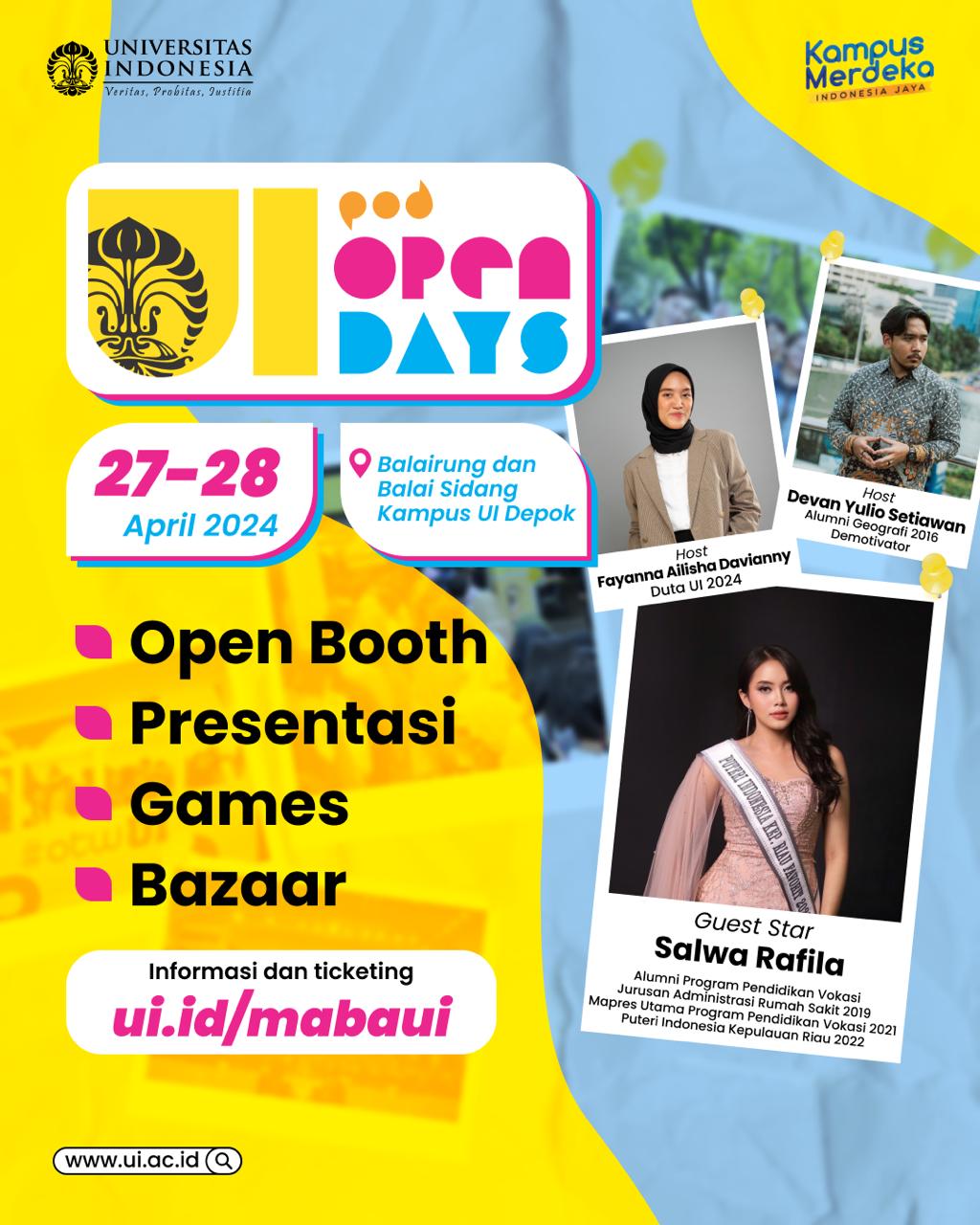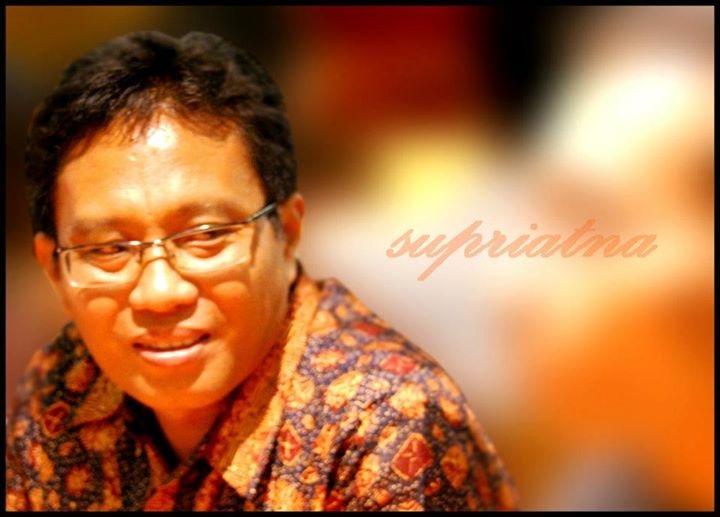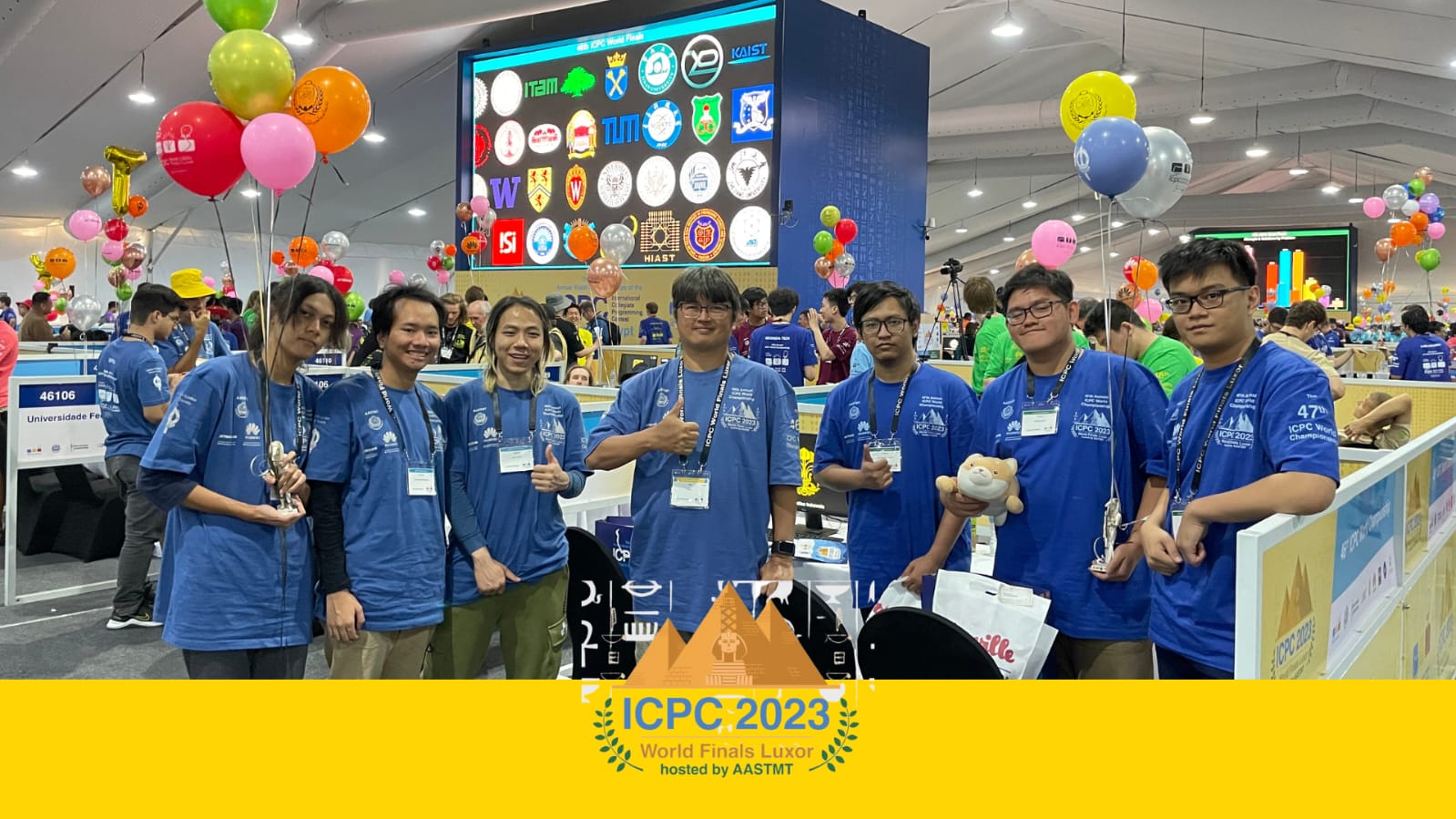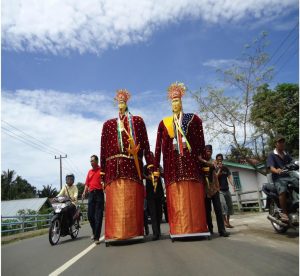
At first glance, Barong Landong is similar to Betawi’s Ondel-ondel or Barong Bali. This giant human-like puppet is 250 cm tall and 100 cm wide, with a frame made of rattan, bamboo and wood.
The frame is wrapped in a unique cloth of Lembak wedding gown. The head is made of wood carved to resemble a human face. This art is believed by the Lembak people to originate from Tanjung Agung, Sungai Serut District, Bengkulu.
While Betawi’s Ondel-ondel is usually accompanied by Tanjidor music, Barong Landong is accompanied by tambourine/long drum, kelintang, and serunai. In terms of name, it has a similar name to Barong Landung in Bali.
The Lembak tribe of Bengkulu, the origin of barong performance art, is one of the tribes with a wide spread. They spread as far as Central Bengkulu Regency, North Bengkulu Regency, Rejang Lebong Regency, and as far as South Sumatra Province.
Although not many people are familiar with Barong Landong, at the end of 2020 Barong Landong Bengkulu has been designated as an Intangible Cultural Heritage (WBTB). The successful establishment of Barong Landong as Bengkulu’s WBTB is inseparable from UI Community Service Program (Pengmas) 2020.
Indeed, WBTB or intangible cultural heritage cannot be held, in the form of concepts and technology; and its nature can pass and disappear as time goes by such as language, art, ceremonies, and various other structured behaviors. After Indonesia ratified the Convention for the Safeguarding of Intangible Cultural Heritage in 2003, which was ratified through Presidential Regulation Number 78 of 2007 concerning the Ratification of the Convention on Intangible Cultural Heritage, Indonesia is obliged to record cultural works throughout Indonesia. In addition, as a stronger protection effort, Directorate General of Culture has made the Establishment of Indonesian WBTB. Establishment of Indonesian WBTB is the granting of Intangible Culture status into Indonesian Intangible Cultural Heritage by the Minister based on the recommendation of the Indonesian Intangible Cultural Heritage Expert Team.
One version states that this art was influenced by Chinese culture. The influence of China in the past was very strong, especially in trade. The interaction between the Lembak people in particular and the Chinese lasted long enough that some Chinese words were absorbed into the Lembak language, for example “barong” which in Chinese means a large puppet, while “landong” or in the native dialect of Lembak is called “landung”, which means something big and tall. Barong Landong is a name for a large and tall puppet show.
This art seems to have been inspired by the “barong sai” performance. It is from a scarecrow (kebang-kebang) game to a large puppet about 2.5 meters high that is moved by humans who enter the puppet’s body. According to the Lembak dialect, it is called “baghong landung”.
Another version reveals that the performance of Barong Landong was suggested by the traditional leader (pasirah) in the past when he saw a successful rice harvest. As a tribute, pasirah proposed to make big and tall scarecrows that wear good clothes. The scarecrows consist of a man and a woman in bridal gown.
The pair of scarecrows were considered very meritorious for their harvest in the form of prosperity and security of the community. The community agreed and made a very large scarecrows and named them barong. Meanwhile, because they were very tall or long, the community called it landong.
Since this event, after the rice harvest, the community always makes Barong Landong as a sign of gratitude as well as a form of game and dance. To accompany the dance they use musical instruments such as kelintang, redap, and gong.
Barong Landong is believed to have existed since the 1800s or late 19th century when it was still under the rule of the Dutch East Indies. However, Barong Landong was banned from being performed after the arrival of the Japanese to Bengkulu. In addition, the economic difficulties experienced by the local community caused this art to disappear for about 50 years from the memory of the Lembak people, so not many people know about the existence of Barong Landong.
Exploring the history of this art form was done through a research process initiated by H.R. Roesman Moehiman, the head of Taman Budaya Bengkulu. In 1990, provided with information from several village elders over the age of 70 who had seen Barong Landong performances as children, research was conducted on the object. The results of this research were later booked and became a research report.
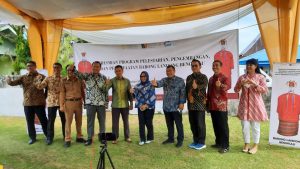
In 2012, Barong Landong was revitalized and reactivated by Devi through Sanggar Anggrek Bulan and S. Effendi from Sanggar Puralis who is also the head of Bengkulu City Customary Council, by making a new Barong Landong for performances.
As a follow-up to the establishment of Barong Landong as Bengkulu’s WBTB, in the community service program in 2022, UI community service team will conduct two programs. First, Preservation and Development Program for Barong Landong preservation, that especially aimed at the indigenous community in Tanjung Agung Village, Bengkulu City, in order to revitalize it so that it continues to grow and develop in accordance with current conditions without leaving its traditions.
Meanwhile, Barong Landong development program is intended for next communities outside the indigenous community who have been trying to introduce and demonstrate Barong Landong art to the public which is more profane and triggers cultural tourism attractions.
Second, the Education and Creative Economy Utilization Program. Barong Landong utilization program for the education sector is strengthening the regional curriculum for junior and senior high school/vocational school levels in the form of teaching materials for cultural arts subjects. Meanwhile, the creative economy is aimed at the promotion and production of Barong Landong souvenirs from Bengkulu City in the form of miniatures, key chains, t-shirts, stickers and hats.
This community service program was made possible through a collaboration between Directorate of Community Service and Empowerment of Universitas Indonesia (DPPM UI) with PT Sarana Multigriya Finansial (SMF) (Persero) and PT Indonesia Infrastructure Finance (IIF). As a state-owned enterprise under Ministry of Finance and as the government’s Special Mission Vehicle, SMF’s involvement in this activity is part of an effort to preserve regional and national culture.
This activity is believed to encourage the feeling of pride in national culture and can encourage local economic growth, which in turn will also encourage efforts to accelerate national economic recovery. As the government’s Special Mission Vehicle, SMF is assisting the government in its efforts to accelerate national economic recovery and economic stabilization efforts amid the current conducive conditions.
This program will be implemented until December 2022. Through this community service program, it is hoped that the art of Barong Landong will be preserved and come back to life in its original community (Tanjung Agung Village), be known and studied in the cultural arts subjects of junior high school, high school/vocational school, and regional art-cultural studios, and can be used as an alternative source of income to improve the standard of living and community welfare.

